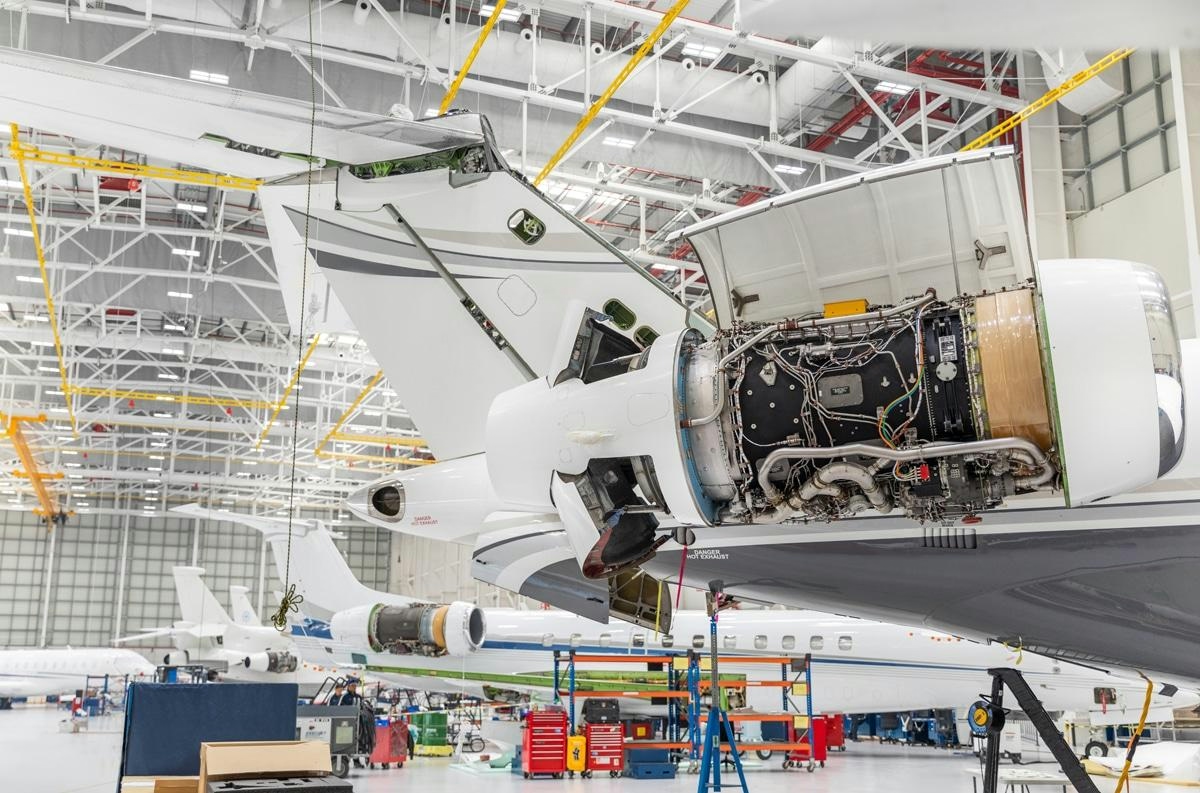
بريد إلكتروني أذكى، وأعمال أسرع. وسم وتحليل والرد تلقائيًا على طلبات العروض، وعروض الأسعار، والطلبات، والمزيد — فورًا.
الرائج الآن
Categories
This Is The Fastest Boeing Narrowbody Jet in Service
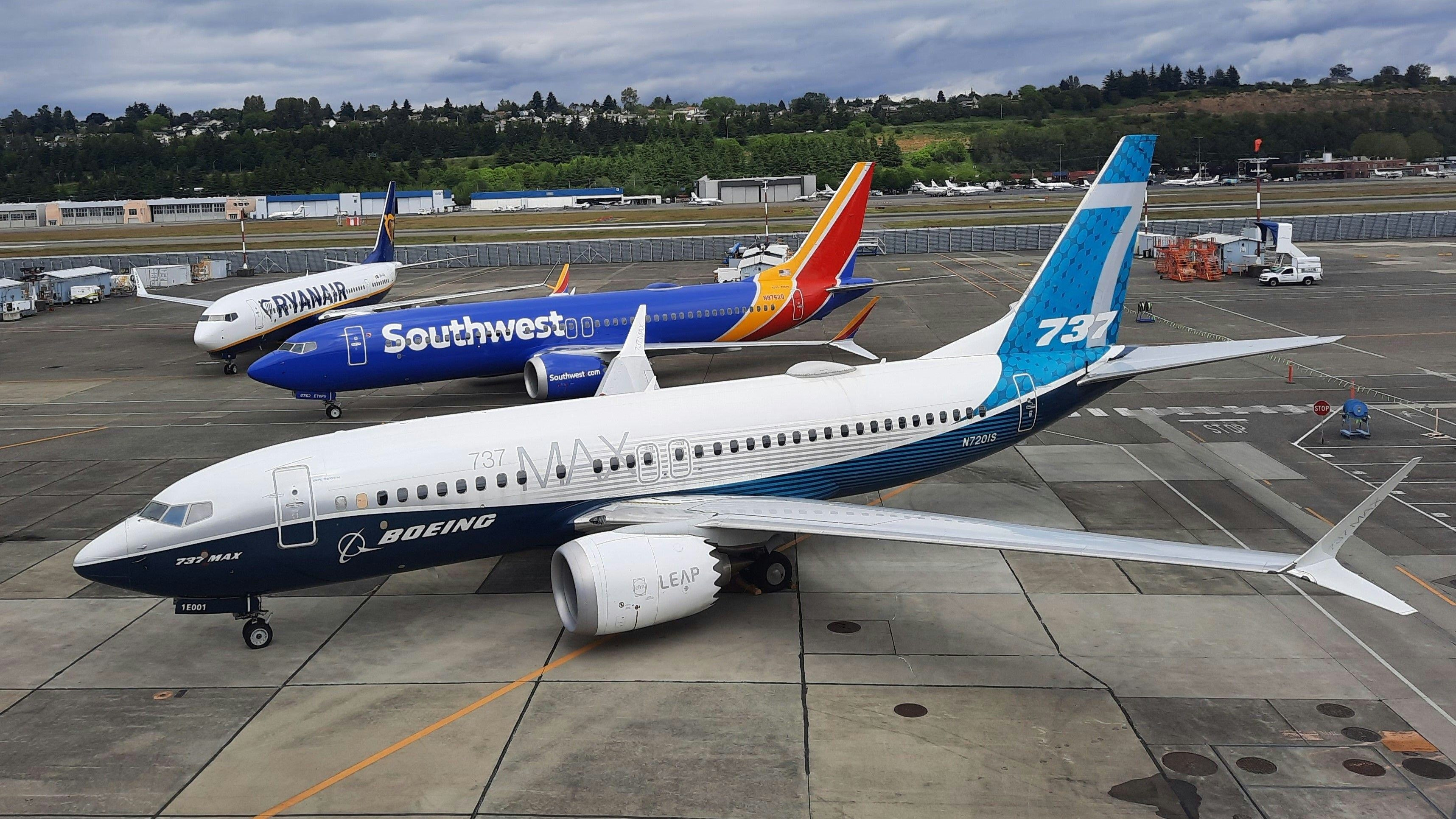
This Is The Fastest Boeing Narrowbody Jet in Service
The Boeing 737 MAX has established itself as a leading aircraft in the narrow-body segment, directly competing with the Airbus A320 for dominance across short-haul domestic, regional, and international routes. Celebrated for its speed and operational efficiency, the 737 MAX holds the distinction of being the fastest narrowbody jet currently in commercial service. Major carriers such as United Airlines, Southwest Airlines, and Ryanair have made significant investments in the MAX, attracted by its performance advantages and potential for cost savings.
While widebody aircraft often garner attention for their capabilities and speed, the 737 MAX has quietly secured its position as the fastest narrowbody jet. This achievement stems from a combination of advanced aerodynamic design, optimized performance parameters, and state-of-the-art engine technology. The aircraft’s configuration enables airlines to reduce block times—the total duration from gate departure to arrival—thereby allowing for increased daily flight frequencies and improved punctuality.
Speed and Efficiency: The 737 MAX Advantage
Narrowbody jets like the Boeing 737 MAX and Airbus A320 form the backbone of short- and medium-haul air travel, particularly in regions such as Europe where carriers like Ryanair and established legacy airlines depend on them for high-frequency operations. Ryanair, for instance, operates a specially configured 737 MAX 8-200 variant, which maximizes passenger capacity and route flexibility.
Historically, the Boeing 737 has maintained a modest speed advantage over its Airbus counterpart. The latest MAX variants extend this lead, with the 737 MAX 8 and MAX 9 cruising at speeds up to Mach 0.79 (approximately 530 mph or 853 km/h), surpassing the A320’s average cruising speed of Mach 0.78 (511 mph or 822 km/h). This incremental speed advantage, combined with efficient operational characteristics, makes the MAX a preferred option for airlines aiming to optimize aircraft utilization and minimize turnaround times.
What Powers the 737 MAX?
Central to the 737 MAX’s performance is the CFM LEAP-1B engine, developed by CFM International. This engine incorporates a high bypass ratio of 11:1, which significantly enhances fuel efficiency and reduces operating expenses. The use of lightweight composite fan blades and ceramic matrix composites improves durability and heat resistance, while precision manufacturing techniques—including 3D-printed fuel nozzles—further refine engine performance. The result is a powerplant that delivers robust thrust for reliable takeoffs under diverse conditions, reinforcing the MAX’s reputation for speed and efficiency.
Challenges and Market Dynamics
Despite its technical strengths, the 737 MAX continues to face challenges. Boeing is striving to sustain production rates at 38 aircraft per month, as any decline could adversely affect profitability. Although market demand remains strong, with substantial orders for both the 737 and 787 families, safety concerns persist. The National Transportation Safety Board (NTSB) has raised issues related to the 737 MAX engines, leading to heightened scrutiny from regulators and customers alike.
Meanwhile, Airbus is capitalizing on its manufacturing capabilities and exploring next-generation narrowbody aircraft, which may alter market dynamics and influence airline preferences in the years ahead. As competition intensifies, Boeing’s capacity to address production and safety challenges will be critical to preserving the 737 MAX’s status as the fastest and most efficient narrowbody jet in commercial aviation.

Drones Could Start Home Deliveries in Kigali by Next Year
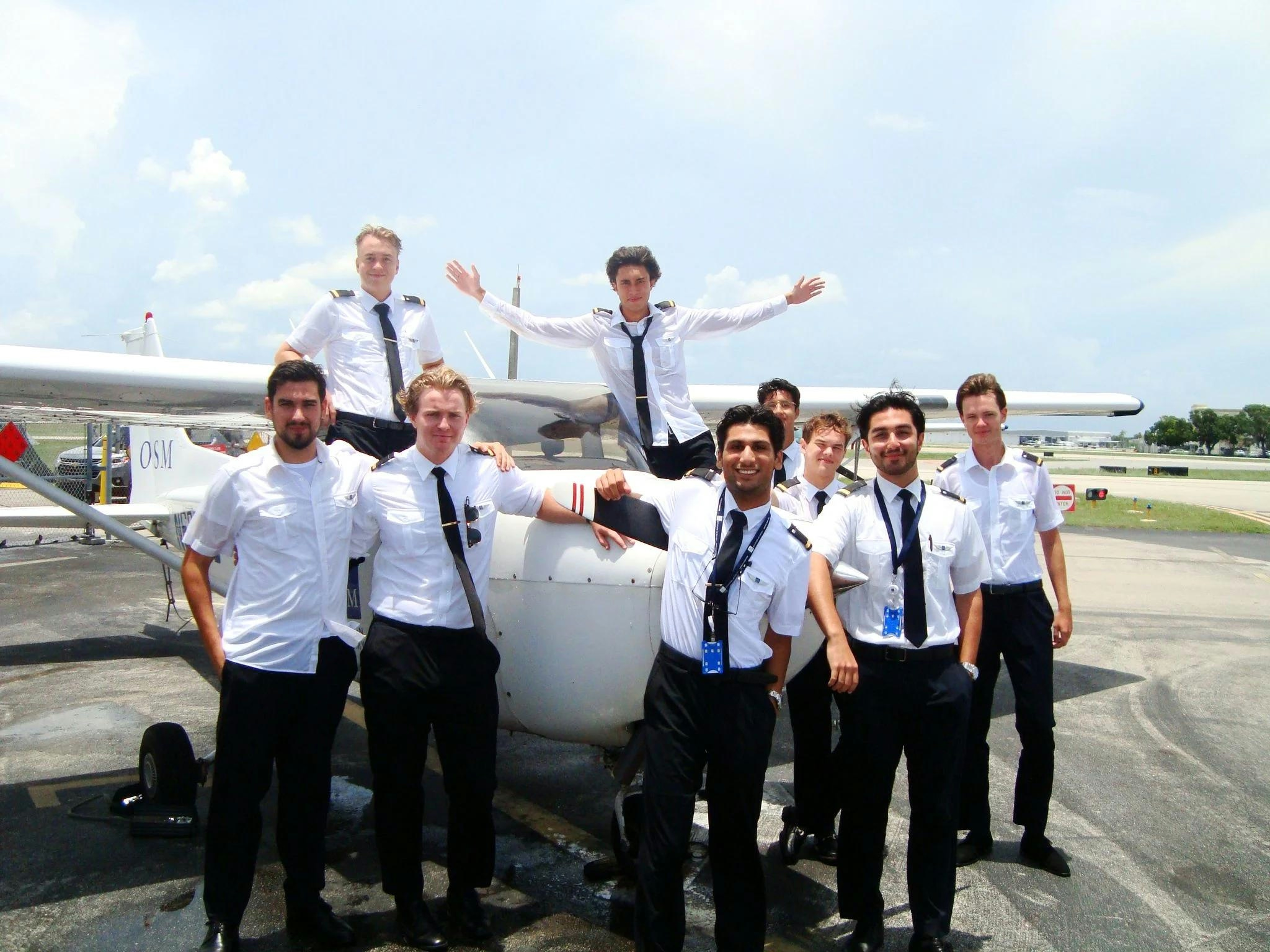
FlightLogger Expands North American Reach with OSM Aviation Academy Partnership

Putin Urges Russian Aerospace Sector to Develop Rocket Engines
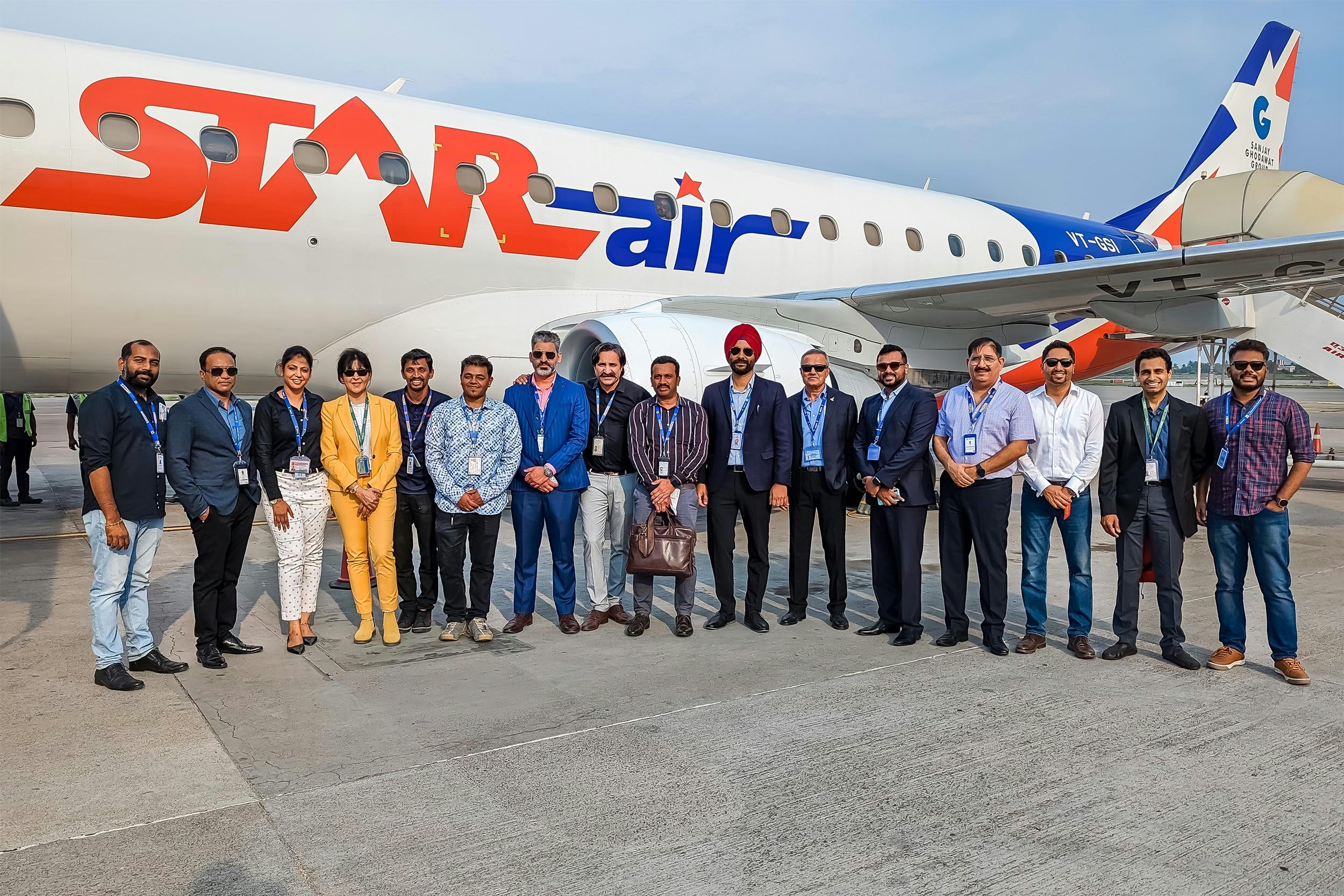
Star Air and HAL to Establish MRO Facility for Embraer Aircraft in India
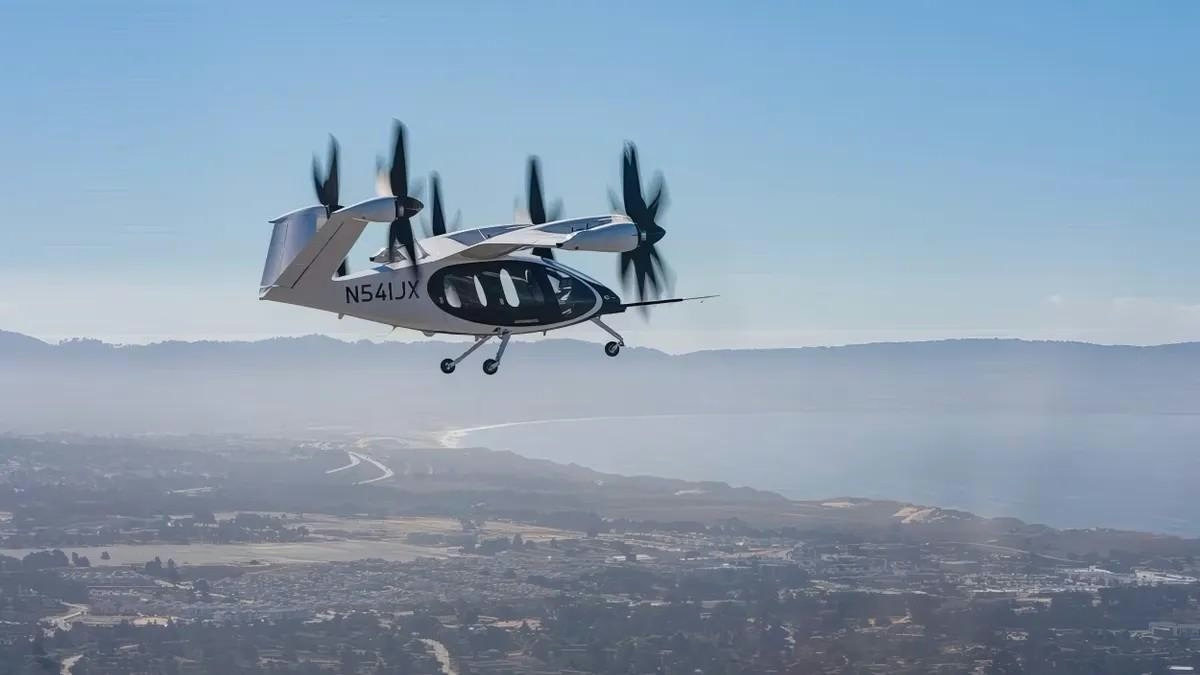
ANA and Joby Aviation Demonstrate eVTOL Flights at Expo 2025 Osaka
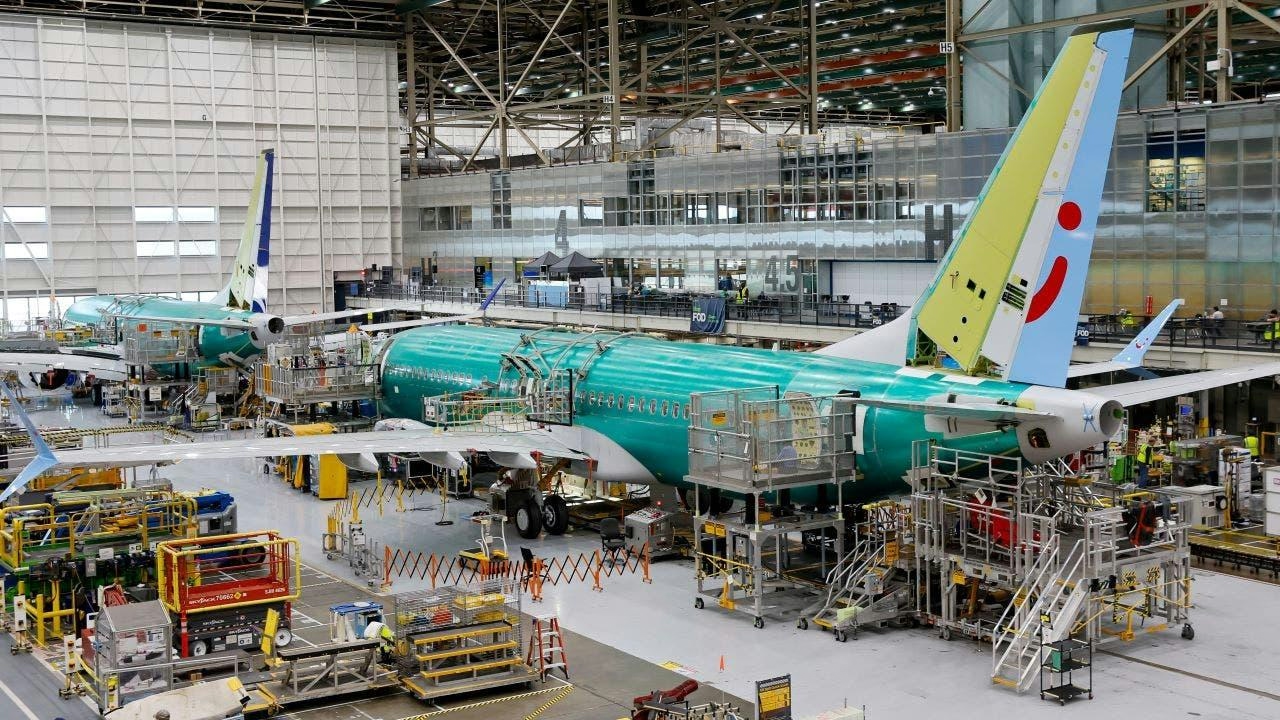
Airlines Confront Rising Labor Costs Amid Growing Use of AI
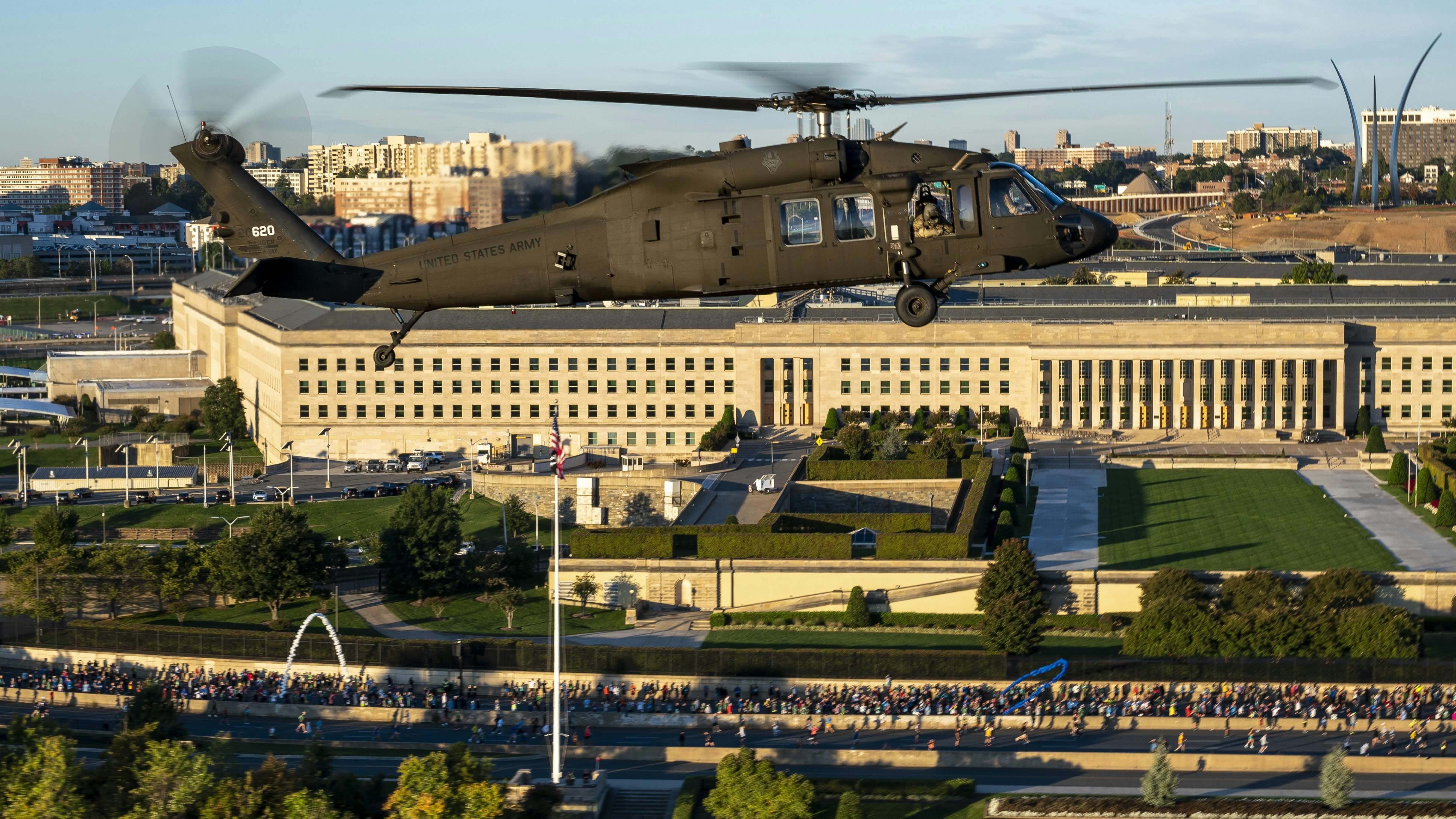
Congressional Mandates Shape Aviation Safety and Defense Technology

Duncan Aviation Updates GL-5000 System
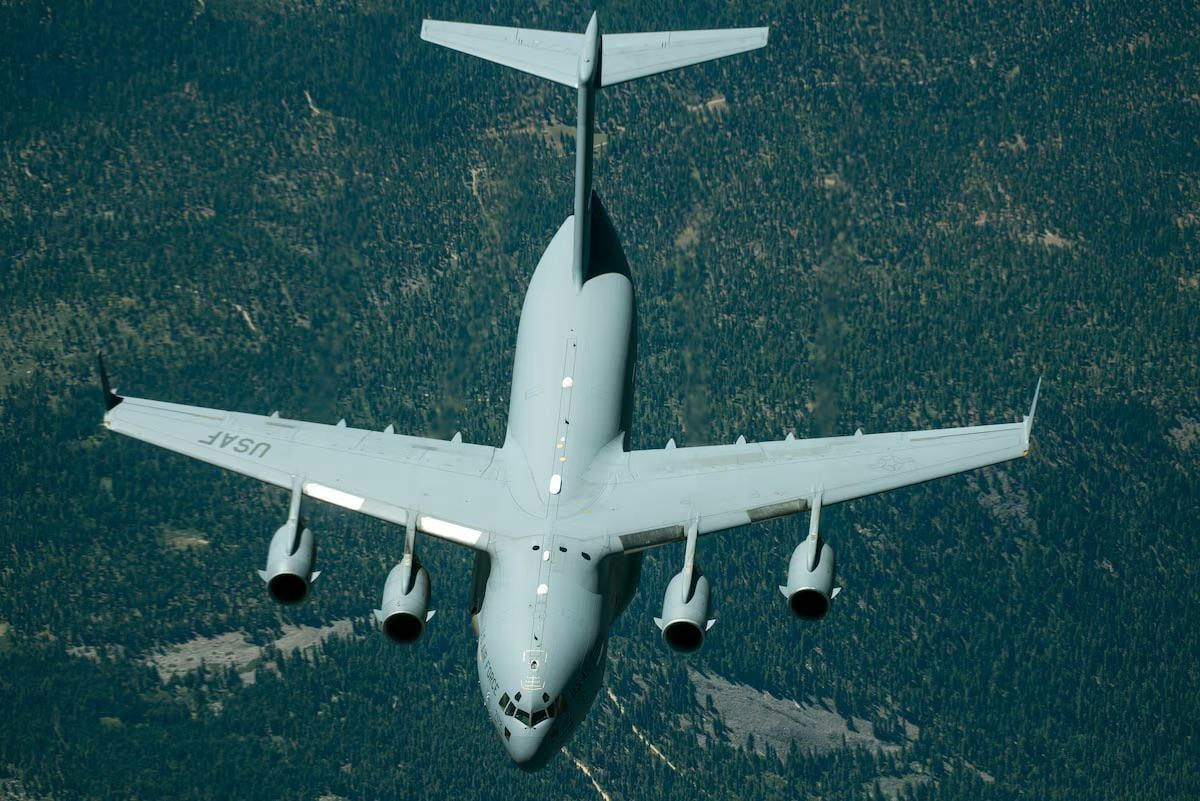
Why the C-17 Globemaster Was Designed with Four Engines
